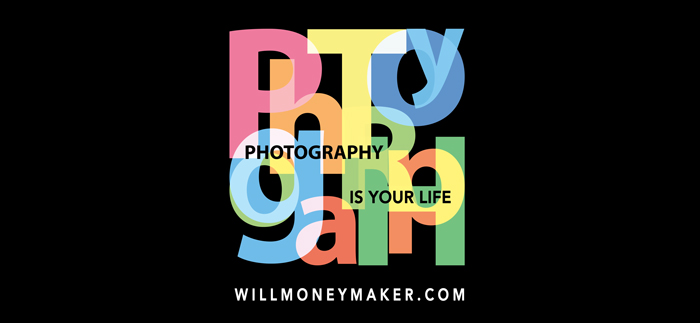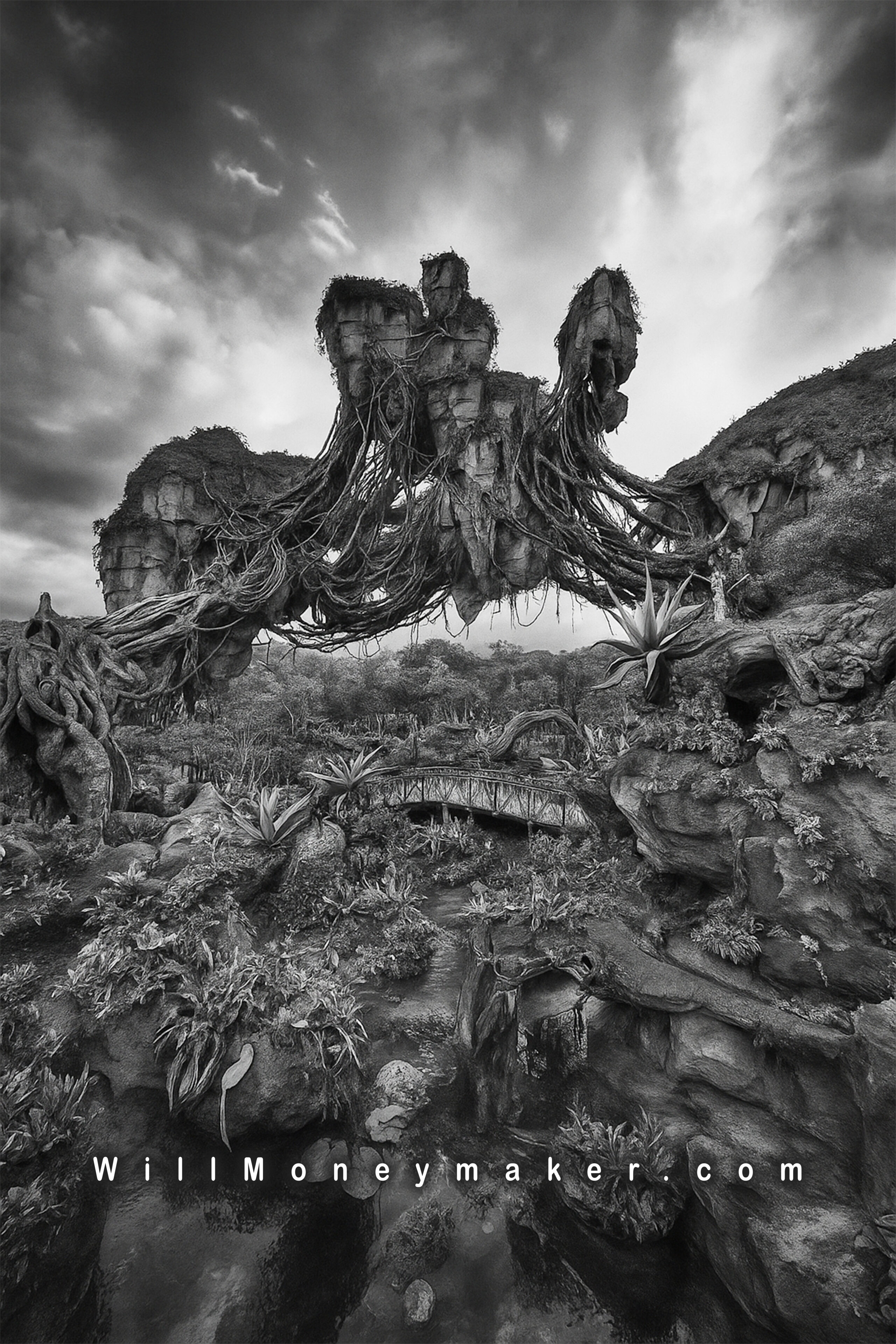If you read the title of this post, then perhaps one of the first things that popped into your mind is that old “is life” t-shirt slogan. You’ve seen them before. “Jogging is life.” “Fishing is life.” “Basketball is life.” If there is a hobby or activity that you can devote yourself to, then there is probably a t-shirt to match.
And that’s the thing about these slogans. All of them refer to an activity that one is passionate about. When I say that photography is life, yes, I do mean that it is a passion. But I also mean it literally, too. Photography is life, documented.
I’ll go a step further with that. Photography is your life. That, I think, is an important distinction. Each person leads a life that is unique to himself or herself. We all have different experiences, different perspectives. Like fingerprints or snowflakes, there may be similarities from one to the next, but no two lives are absolutely the same. Photography, because it is your life, is made up of your life experiences. In essence, it is a documentary of your life, one in still pictures.
Here is the rub: For many photographers, that realization comes with a sense of disappointment. The simple truth is, most of us lead pretty boring lives. Certainly, we have our bright spots, our different kinds of fun, things that excite us. And then we flip open the latest issue of National Geographic and look at what all those photographers are doing. We see that there are vast collections of beautiful photographs taken in wild and exotic locales all over the world.
When we see these sorts of things, we think that we will never be able to compare, that we will never be considered good photographers because we do not have the opportunity to go adventuring around the world, ferreting out things that few other people in Western civilization have seen before. For most of us, there is simply not the time or the money for these sorts of ventures, and without that unique subject material to put in front of the lens, we feel as though the art that we produce is somehow lesser.
But, let’s go back to that earlier concept, that photography is your life, your own life being unique among the billions of other lives on this planet. This means that you do have unique subject material to photograph. Because you are who you are and no one else can possibly be the same, it is impossible for anyone else to have your own unique perspective. Thus, no one can create the exact same photographs that you create.
The trick is learning how to apply your unique perspective, the unique experiences that your life gives you. In photography, there is sometimes the idea that it is an art of documentation, that you need to create photographs that are as perfectly realistic as possible. Certainly, the camera makes it easy to do exactly that because it records exactly what your eyes see. In order to document your unique perspective, you’ll need to dispense with this idea that you are recording facts about yourself, your life and your surroundings. Instead, search for the meaning. That is the challenge. Rather than simply documenting what you see, you need to find a way to document, through the still image, how you feel.
So how does one document a feeling? Obviously, you cannot photograph love or serenity because these things are concepts, not objects. In order to capture the feeling, you need to approach each and every photograph with the idea that you are seeking to capture what that moment makes you feel, not so much the physical objects within the frame.
For example, let’s say that you are on a family holiday. Normally, you might go around and make sure to capture images of all the main events — the present opening, the feast laid out on the table, the decorations, and so on. But is this the meaning of the event? Or are you simply taking snapshots of family members and all the trappings? Instead, approach the holiday in terms of what it means to you. As you take pictures, think about the love and the warmth in the room. Think about the many different relationships between the gathered people. Think more about the meaning behind the things that you are witnessing and less about the physical people and objects within the frame.
The same is true even when you aren’t photographing people. If you are visiting a beautiful natural park, are you there simply because you wanted to document the trees and the rocks? Think about your reasons for visiting. The answer shouldn’t merely be “to take photographs.” Instead, visit because you wanted to experience the place. Think about how your surroundings, on the whole, make you feel. Is it the serenity? The wild sense you get from the untamed wilderness? Look at the details. How do the flowers and the foliage make you feel? Is there excitement when you happen to spot a rare bird or do you get pleasure from watching deer forage in a far-off glade? It isn’t necessarily the deer that you are trying to capture with your camera but the feeling that watching them gives you.
There is an assumption among some that photography is some kind of “easy” art form, but it isn’t. This, the photographing of feelings is one of the things that makes photography a challenging art. It is hard to wrap your mind around the concept of documenting the ideas, thoughts, and emotions that guide your life rather than documenting the physical reality of your life. However, if you can overcome this challenge, if you can add that special something that is unique to you to each of your images, then you’ll find that exotic locales and frequent adventures are not necessary in order to create art.





